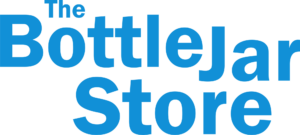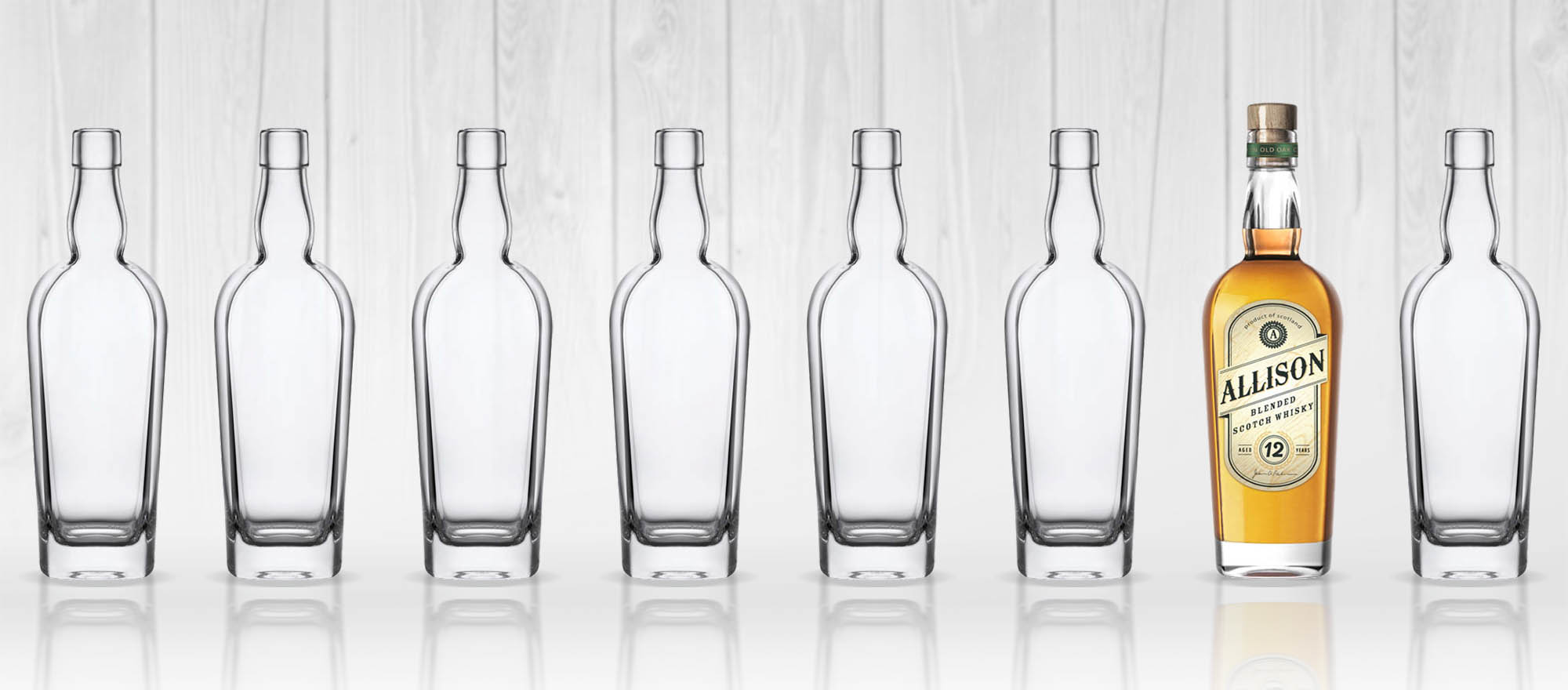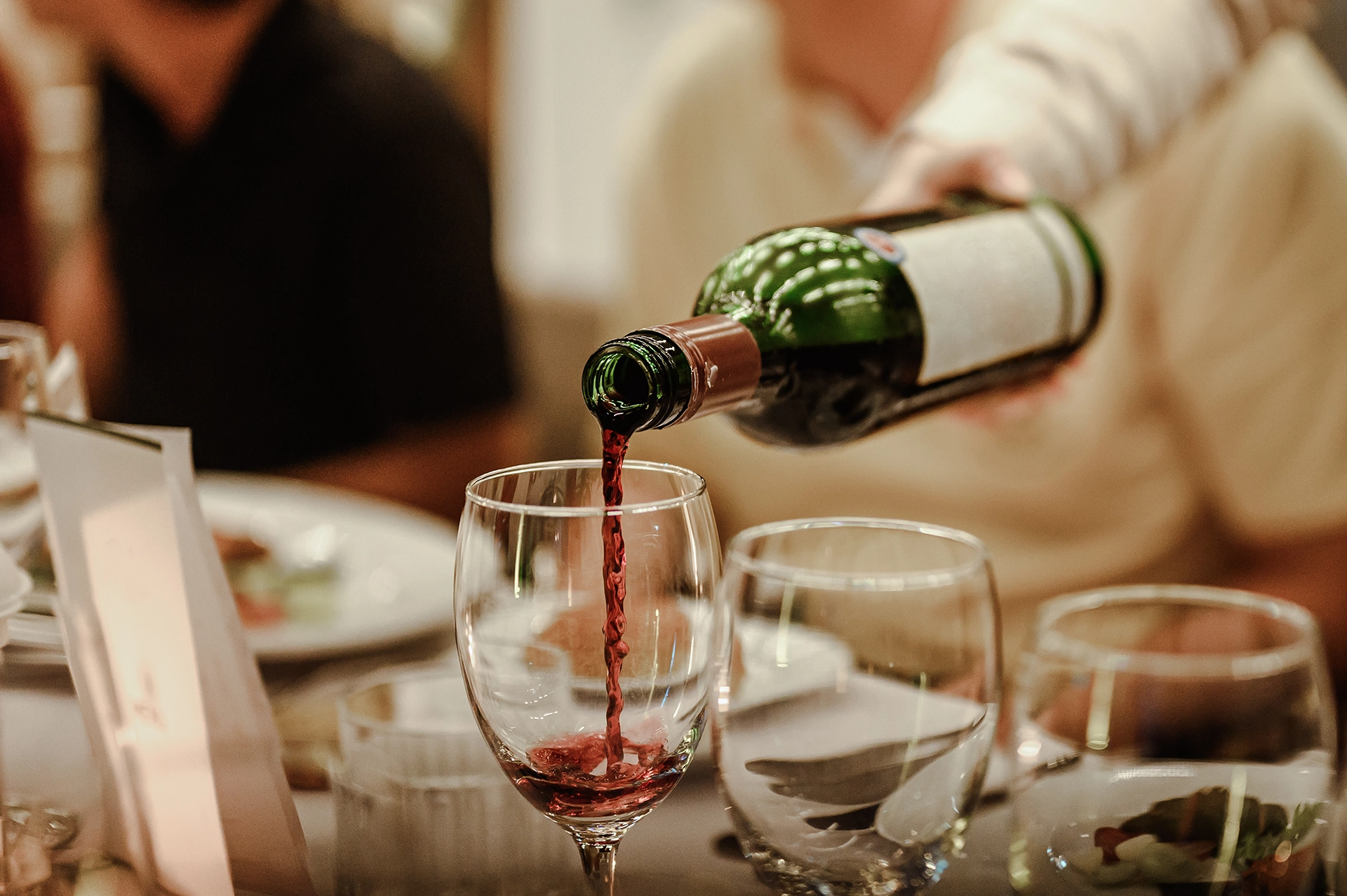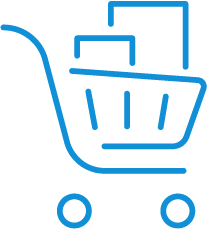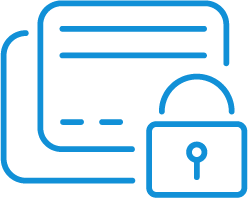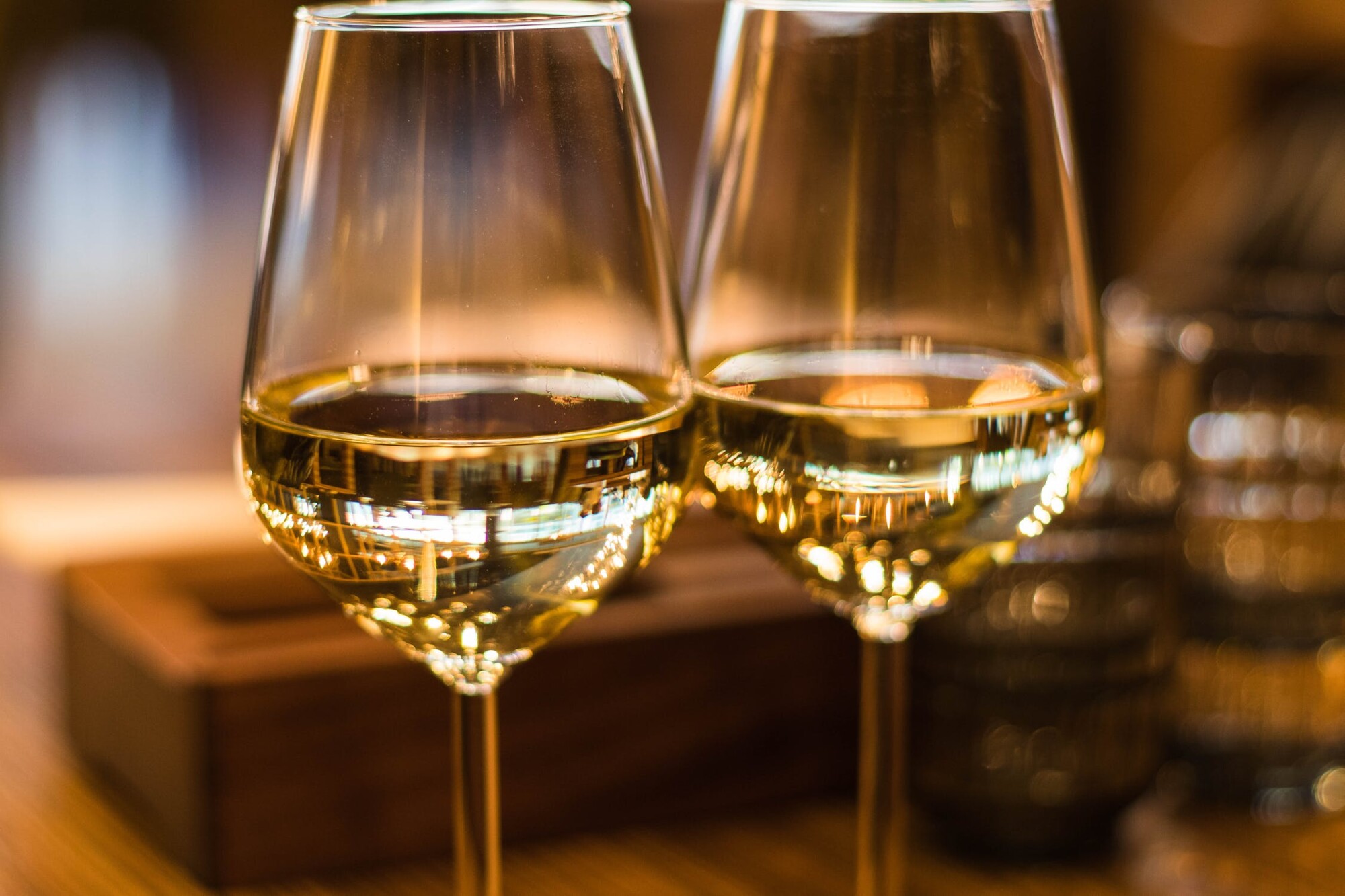
While wine has been made for thousands of years, the use of yeast for fermentation is much more recent. Wine makers over time observed the fermentation process at work but did not know what caused it. It was not until the 1850s when French scientist Louis Pasteur discovered that microscopic yeast cells converted the sugars in the mixture into alcohol. Since then, wine making yeast has been used to improve the quality of many different wines. So, what are the benefits of using it and how can we best apply it when winemaking. Here is our guide.
Why Use Wine Making Yeast?
As wine was made without the addition of yeast for thousands of years, why is it used so commonly now? Firstly, wine making is much more prone to failure without the use of it. Throughout the years wine would be susceptible to bad batches that had mould or were cloudy and vinegary. The second reason is because the design of modern strains help get the most out of wine quality.
However, not all winemakers use yeast, some still prefer to let their wine ferment naturally with wild, native yeasts. While this can result in good batches of wine, this process can come with many risks. Using yeast specifically developed for wine will ensure not only the maximum amount of alcohol is produced, but with the best flavours and aromas.
Making a Yeast Starter
If you want to get a head start on the fermentation process when making wine, using a yeast starter is a great choice. Here is one way to make a one:
- Use a small portion of juice. This can be from any existing unfermented wine juice you have available. Otherwise, you can use natural juice obtained from fruits or store bought juice providing it contains no preservatives. If the juice is unpasteurised then boil and cool it before use in order to sterilise it.
- Add a 1/4 teaspoon of yeast and two teaspoons of sugar for every pint of juice. Each pint of yeast starter will be useful for five gallons of wine.
- Over the next few days the wine starter will start to foam. Once this fermentation process peaks, add the starter to the wine juice. This is the optimum time to add the starter for best results.
- As you add the starter to the wine juice, gently swirl the sediment up from the bottom first. This will ensure that you use the entire supply of yeast starter.
The Bottle Jar Store
Here at The Bottle Jar Store we have a wide range of yeast products for making wine. Each product we make can improve the taste, aroma and overall quality of your wine. In addition, we offer many oenological products including preservatives, tannins and fining agents. To learn more about our range of wine yeast products we invite you to visit our online store today.
